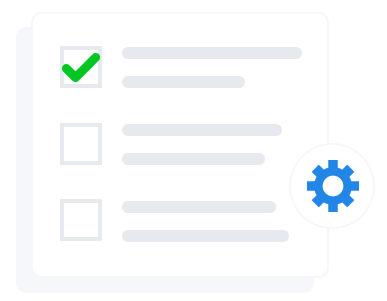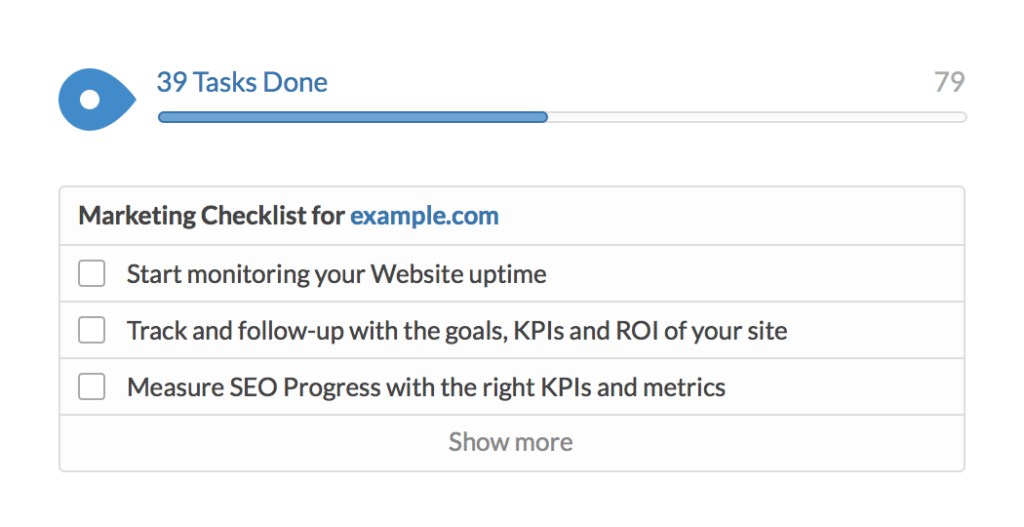Pardot includes a number of default fields for prospects:
- First Name
- Last Name
- Company
- Website
- Job Title
- Department
- Country
- Address One
- Address Two
- City
- State
- Territory
- Zip
- Phone
- Fax
- Source
- Annual Revenue
- Employees
- Industry
- Do Not Email
- Do Not Call
- Years in Business
- Comments
- Saluation
- Opted Out
The fields listed above cover some of the most common information people capture about their prospects. But, what if you need to collect or store information about prospects that is not in the list above? You can create your own custom prospect fields! In this blog we will show you how.
If you need marketing automation or Pardot support, please contact us right away.
Adding Custom Prospect Fields
We have encountered many clients that need to collect or store additional information about their prospects depending on their business. Some examples include classifying a prospect with their primary SIC/NAICS code, current software they are using, product/service requested, and more. The possibilities are endless and totally customizable to your unique needs.
1) Go to Administration > Configure Fields > Prospect Fields
2) Click +Add Custom Field
3) Add field details

Name: Name your custom field – ex: SIC Code, Current Software, etc.
Custom Field ID: This will be automatically generated based on your field name above. Leave this as is.
Tags: (optional) Add tags to organize your custom fields
Salesforce.com Field Name: If you’re using Salesforce, you can sync your custom field with a Salesforce field by selecting it from the list here.
- Keep this field’s type and possible values (for dropdowns, radio buttons, checkboxes) in sync with the CRM – Check this box if you would like the master settings to come from your CRM. Changes to the type or values in your CRM will be synced to Pardot.
- Overwrite Value in CRM – Check this box if you would like data in Pardot to overwrite data for the corresponding field in your CRM in the event of a difference. By default (unchecked) the CRM value is your master.
Type: Set the type your field will be. Your field type determines the kind of data the field can capture. Using the examples above, I would select ‘Number’ for a SIC code field and ‘Text’ or ‘Dropdown’ for a current software field. Here is more information on each type to help you decide:
- Text: Free-form text entry. The limit is 255 characters for default fields, and 56,000 characters for custom fields.
- Number: Number value. You can use this field for incremental actions and criteria in rules and dynamic lists.
- Date: Date value. Used for time-based criteria in rules and dynamic lists.
- Radio Button: Customized radio button. The prospect can select one option out of several.
- Checkbox: Custom checkbox. The prospect can select multiple options out of several.
- Dropdown: Custom dropdown menu. The prospect can select one option out of several.
- TextArea: Large, free-form text box. The limit is 65,535 characters.
- Multi-Select: Custom list. Prospect can select multiple options out of several.
- Hidden: Invisible field. Can capture data, but isn’t visible on forms. (TIP: we often use this field type for conversion/source tracking)
- CRM User: Connects to Salesforce users. Lets the CRM user be used as a Send From address. You can’t use this field type on Pardot forms.
Record and display multiple responses: If you have a form that will be set to Always Display, enable this option. This option is useful for fields that prospects may complete multiple times like “comments”.
Set a default mail merge value to be used when this field doesn’t have a value: If you are going to be using your new custom field as a variable tag in any email templates you will want to enable this option. This will prevent a blank space from showing in your email template if a prospect didn’t fill out this field. For example, you could use a default mail merge value of “Dear Subscriber” for first name.
Use pre-defined values: If prospects will be choosing from a list of items (field type of checkboxes, radio buttons, drop downs, or multi-selects) enable this option.
Sync with GoodData: Enable this option if you’d like your new custom field to be one of the 10 custom fields available in your GoodData account. Also, select whether it is a Fact (Numeric Data) or Attribute (Text Data).
4) Click Create Custom Field
There you go! Your custom field is now ready to use in forms. To learn more about creating forms in Pardot check out: How to Create a Form With Email Autoresponder in Pardot.



